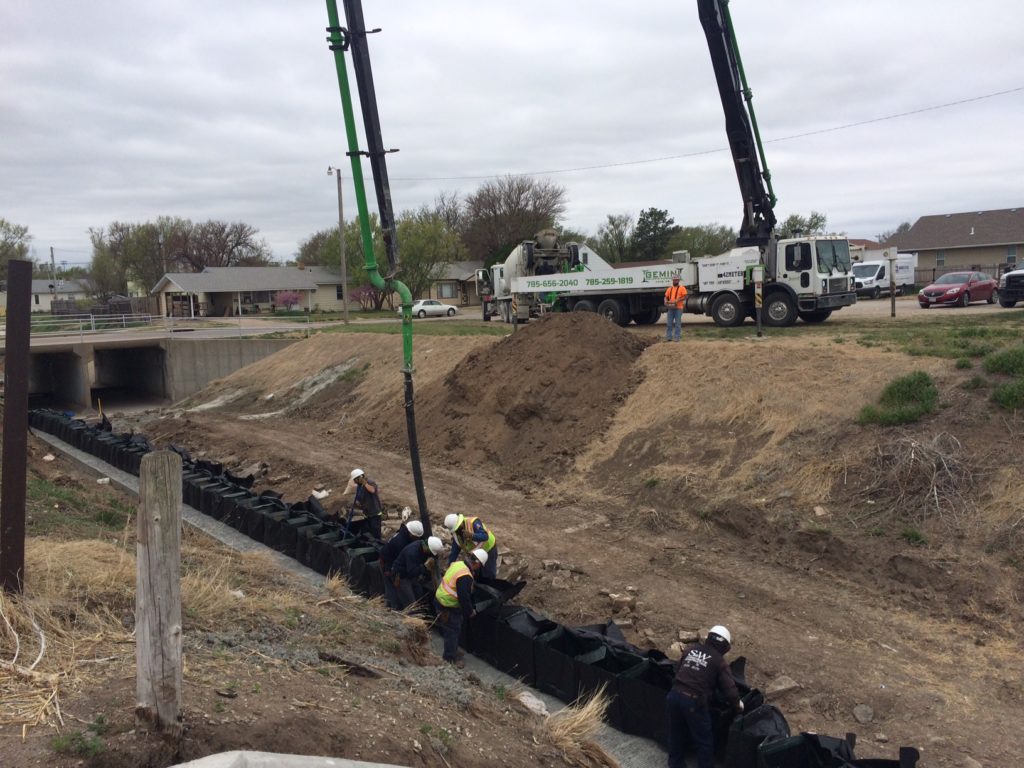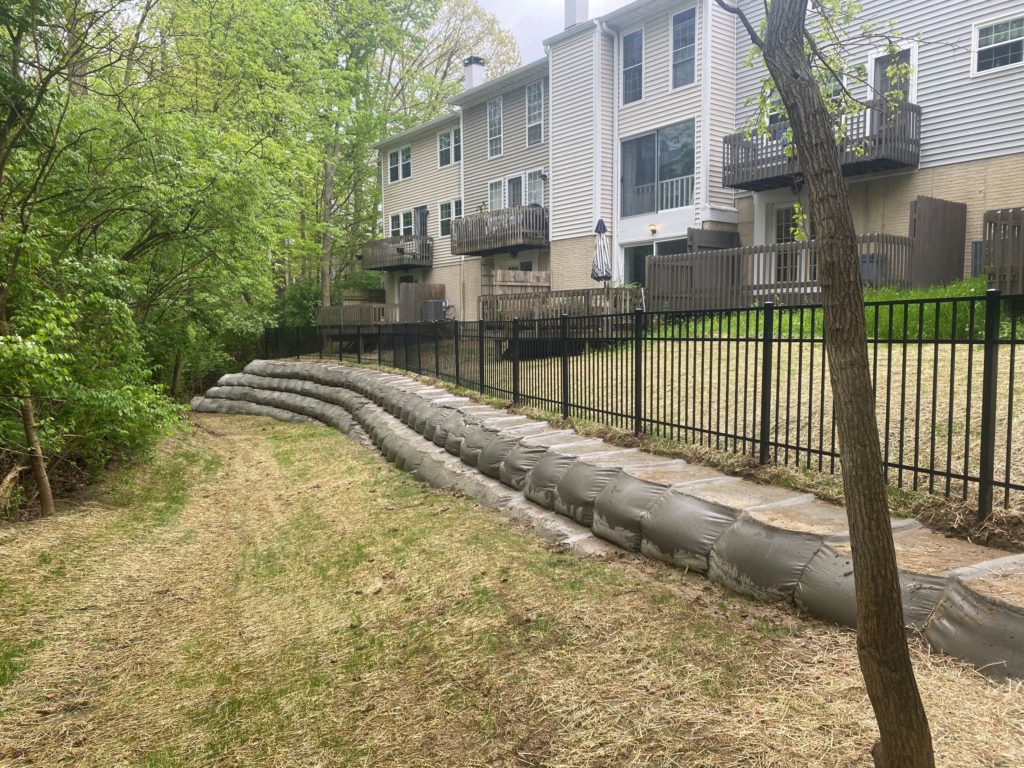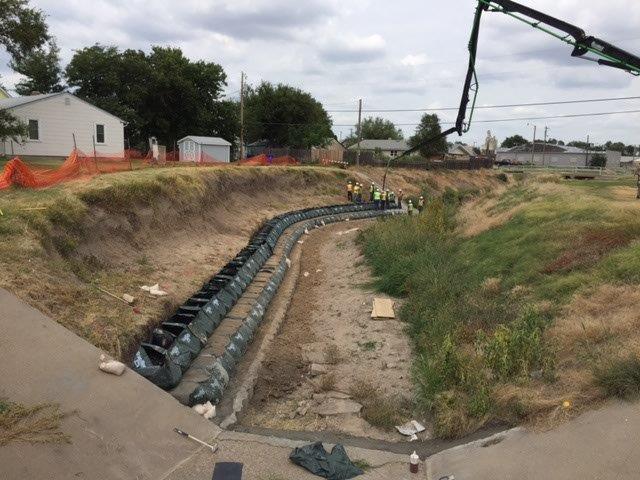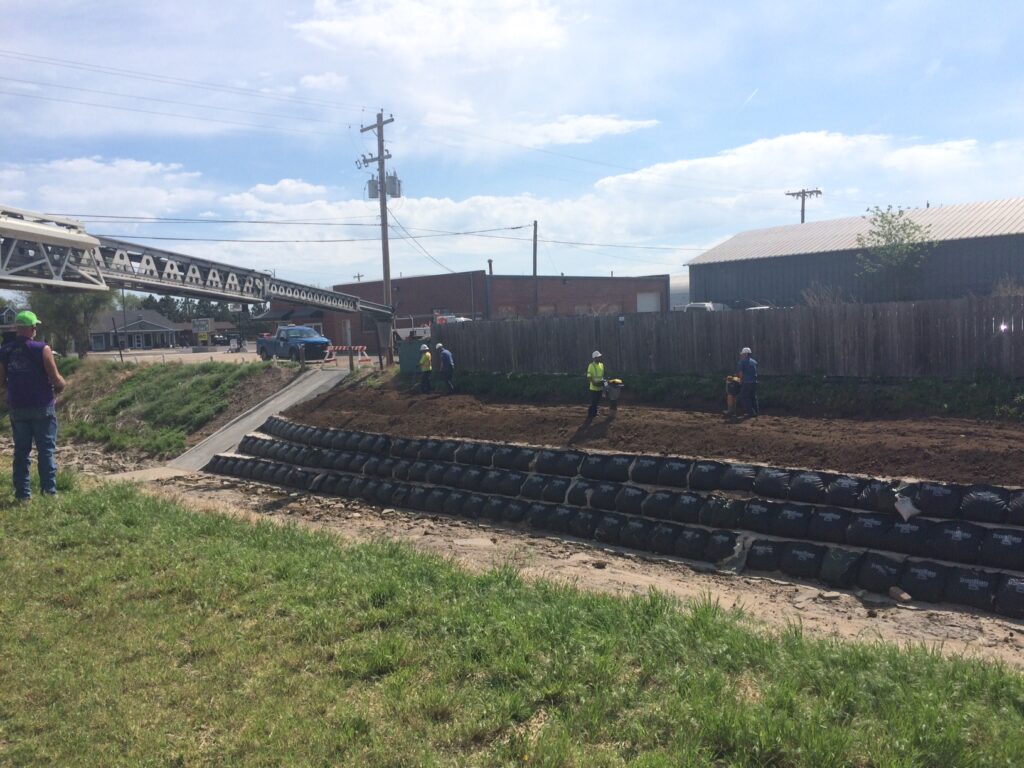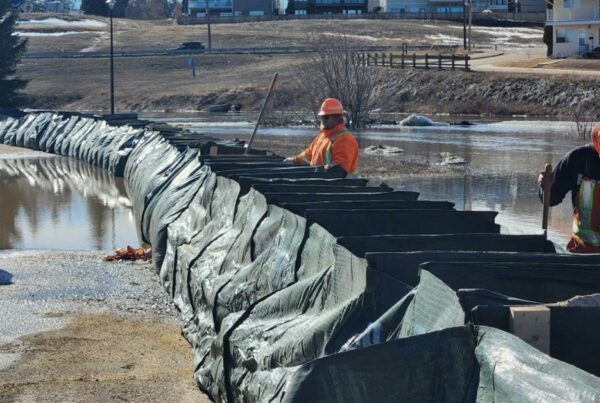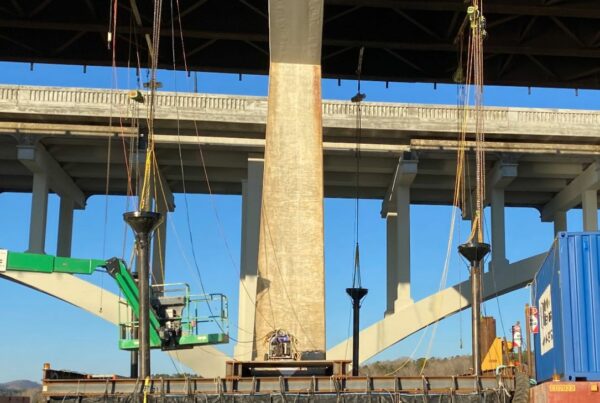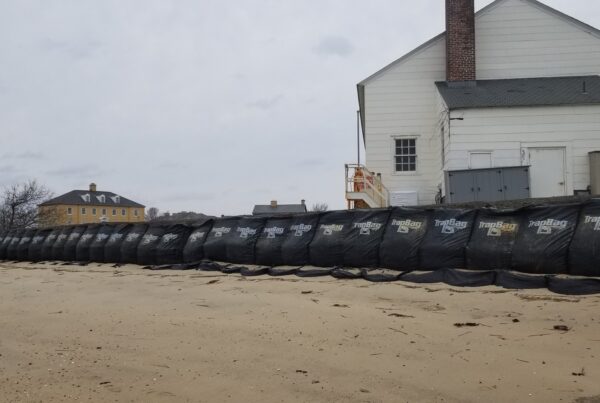The forces of nature are constantly at work in your area’s rivers, which can put urban areas and natural habitats at risk of damage or destruction. Fortunately, there are solutions for river bank stabilization available that are cost-effective and less damaging than traditional rip rap and other measures.
River Bank Stabilization
How TrapBag® Works as a River Bank Stabilization Method
A TrapBag barrier comprises a series of pentagon-shaped bags made of high-strength textiles. Each cell in the barrier is sloped on one side, vertical on the opposite side, and open at the top for easy filling. The cells are connected side by side like a watertight accordion, making them ideal for retaining soil along a river bank.
Setting up TrapBag for riverbank stabilization is as easy as three simple steps:
- Open the packaging: The entire TrapBag unit will be folded up in its packaging. Remove it from the package and stretch the barrier out to its desired length, up to 50 feet.
- Fill the cells: You can do this either manually with shovels and buckets or all at once with a dump truck or bulldozer. Sand, concrete, or washed gravel make the best filler materials for TrapBag.
- Place or stack the barrier where needed: Simply place the TrapBag barrier against the vulnerable river bank as a rip rap alternative. You can also stack the units on top of each other if needed.
Related Projects
Using TrapBag as an Alternative to Rip Rap and Other Stabilization Techniques
Rip rap has been one of the most standard river bank protection methods for years. It involves using natural rocks or recycled concrete along the river bank to protect it from wave action. However, it can be very expensive and still cause issues such as wave flanking or scouring to properties around it.
However, TrapBag is a much more affordable solution for engineers and municipalities to stabilize river banks. Combined with restoring neighboring areas along the banks with plant life for added erosion control, they can be a more effective long-term solution that protects the properties along the river.
Who Uses TrapBags for River Bank Protection?
Virtually any organization can use TrapBags as rip rap alternatives for riverside properties, work sites, and neighborhoods. Here are just a few types of organizations we’ve helped over the years with river bank protection projects.
Municipalities and Cities
Cities and towns with vulnerable rivers are usually on tight budgets, even for preventative services like erosion control. However, local governments have been using TrapBag barriers as a rapid-deploy solution for flooding for years, from Nevada to Saskatchewan and beyond.
As a company, TrapBag is also available 24/7 to provide rapid delivery for communities that urgently need temporary barriers to stabilize river banks. If your community needs quick protection, we’re just a phone call away.

Civil Engineering Projects
Infrastructure like roads and bridges requires regular maintenance, especially over bodies of water like lakes and rivers. This often means reinforcing structures along the river bank or using erosion control measures to keep water away from properties along the shoreline. Whether this means adding security to weakened infrastructure until it can be addressed or using it during underwater construction projects, TrapBag can simplify the process with ease.
Environmental Protection Services
Floods are common in many communities and regions with volatile rivers. However, environmental protection services at the local, state, and federal level can use TrapBag to stabilize river banks and protect residential, commercial, and habitat areas from the devastating effects of erosion.
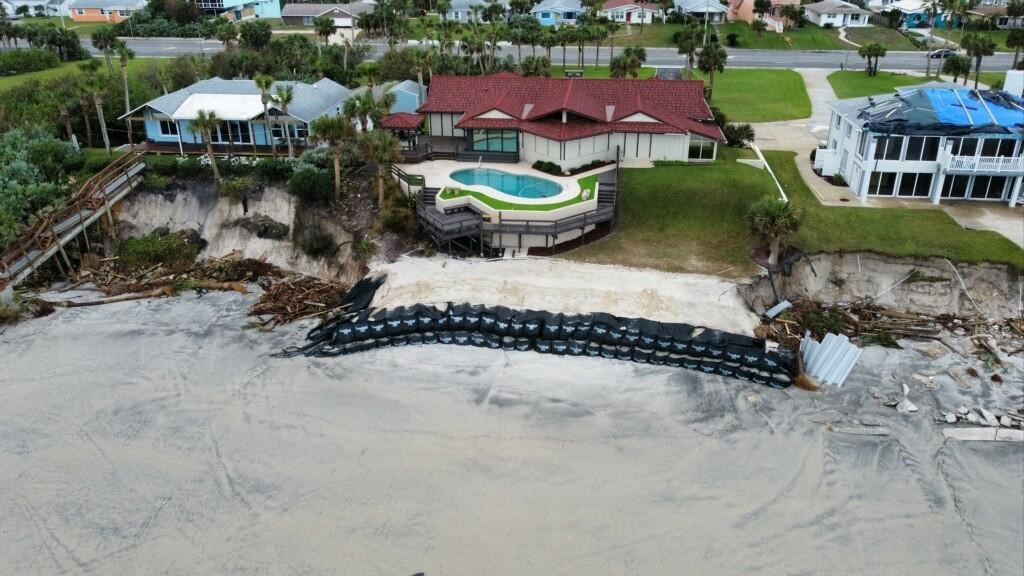
Other Applications
Whether you live in an area prone to flooding, river stabilization, erosion control, or anything in between, TrapBag can protect life and property from all sorts of natural disasters and damage. It’s also a great solution for security barriers, stormwater detention and retention, cofferdam systems, and much more.
Let TrapBag Be Your Go-To for River Bank Stability
TrapBag is easy to set up quickly as a river bank stabilization method, making it an essential part of any environmental protection plan. To learn more about how TrapBag can protect your land and property, call us at (239) 674-6611 or visit our online shop today.


